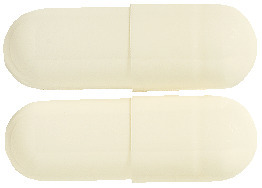1. Why am I using Ursodox GH?
Ursodox GH contains the active ingredient ursodeoxycholic acid. Ursodox GH is used to treat chronic cholestatic liver diseases.
For more information, see Section 1. Why am I using Ursodox GH? in the full CMI.
2. What should I know before I use Ursodox GH?
Do not use if you have ever had an allergic reaction to ursodeoxycholic acid or any of the ingredients listed at the end of the CMI.
Talk to your doctor if you have any other medical conditions, take any other medicines, or are pregnant or plan to become pregnant or are breastfeeding.
For more information, see Section 2. What should I know before I use Ursodox GH? in the full CMI.
3. What if I am taking other medicines?
Some medicines may interfere with Ursodox GH and affect how it works.
A list of these medicines is in Section 3. What if I am taking other medicines? in the full CMI.
4. How do I use Ursodox GH?
- Take Ursodox GH, or give Ursodox GH to your child, as directed by your doctor or pharmacist. This may differ from the information contained in this leaflet.
More instructions can be found in Section 4. How do I use Ursodox GH? in the full CMI.
5. What should I know while using Ursodox GH?
| Things you should do |
|
| Things you should not do |
|
| Driving or using machines |
|
| Looking after your medicine |
|
For more information, see Section 5. What should I know while using Ursodox GH? in the full CMI.
6. Are there any side effects?
Ursodeoxycholic acid is generally well tolerated with few side effects. The common side effect is diarrhoea. Allergic reactions have been reported in some patients. Other adverse reactions reported include increased cholestasis, nausea, vomiting and sleep disturbance. The serious side effects include severe right-sided upper abdominal pain and severe worsening (decompensation) of liver cirrhosis.
For more information, including what to do if you have any side effects, see Section 6. Are there any side effects? in the full CMI.

